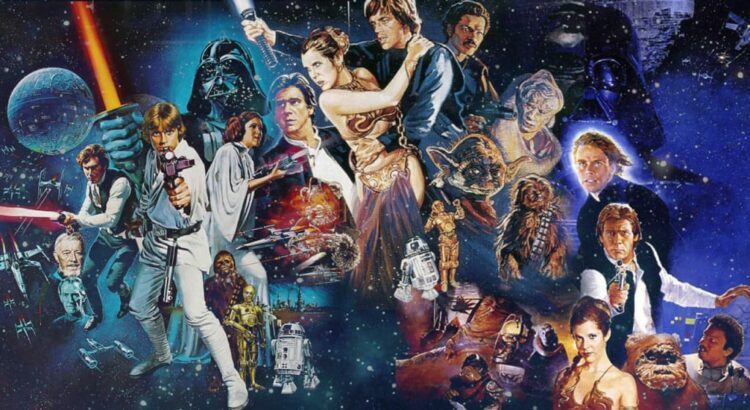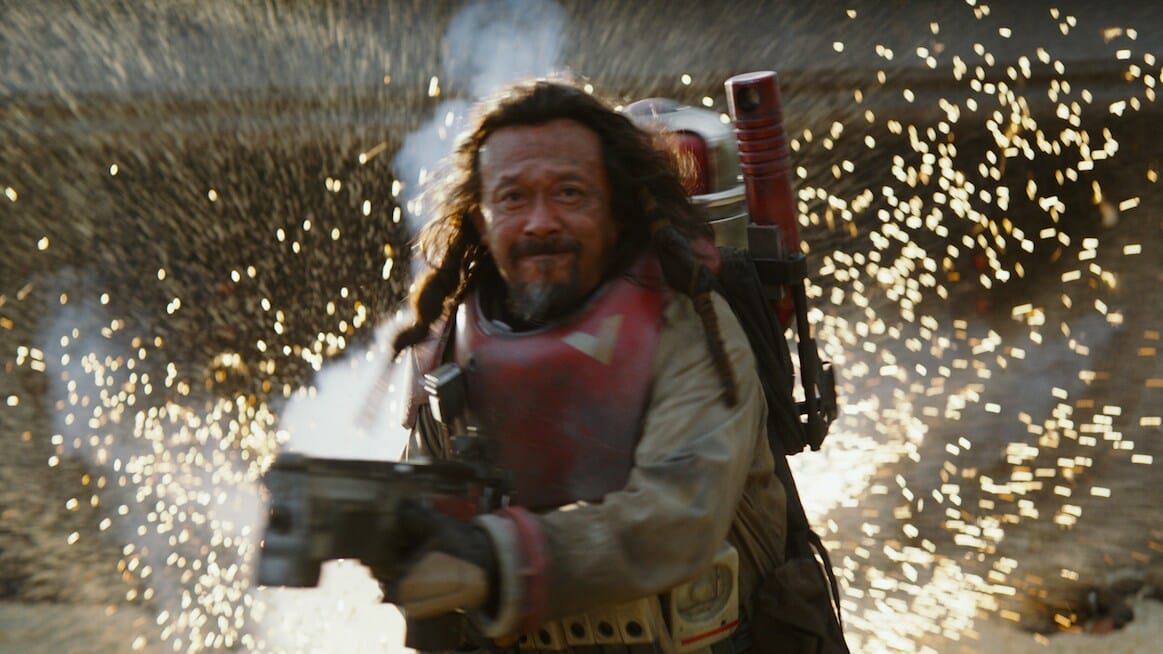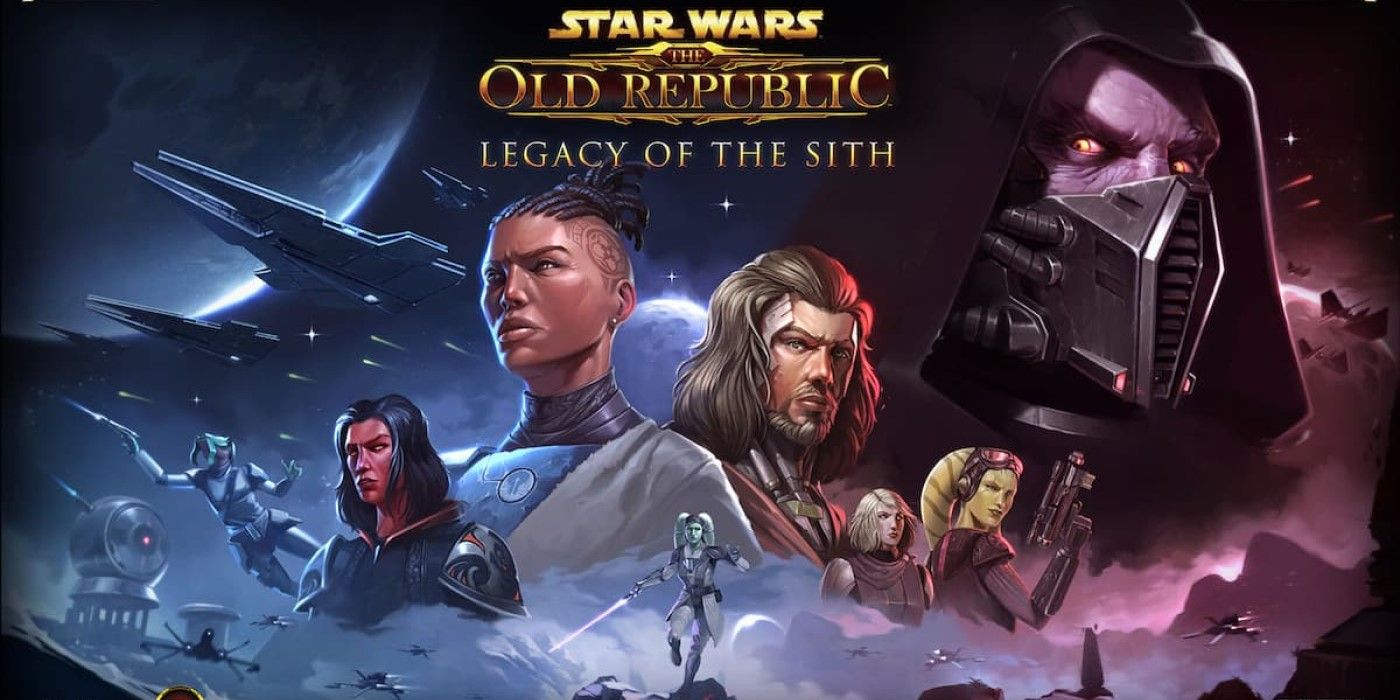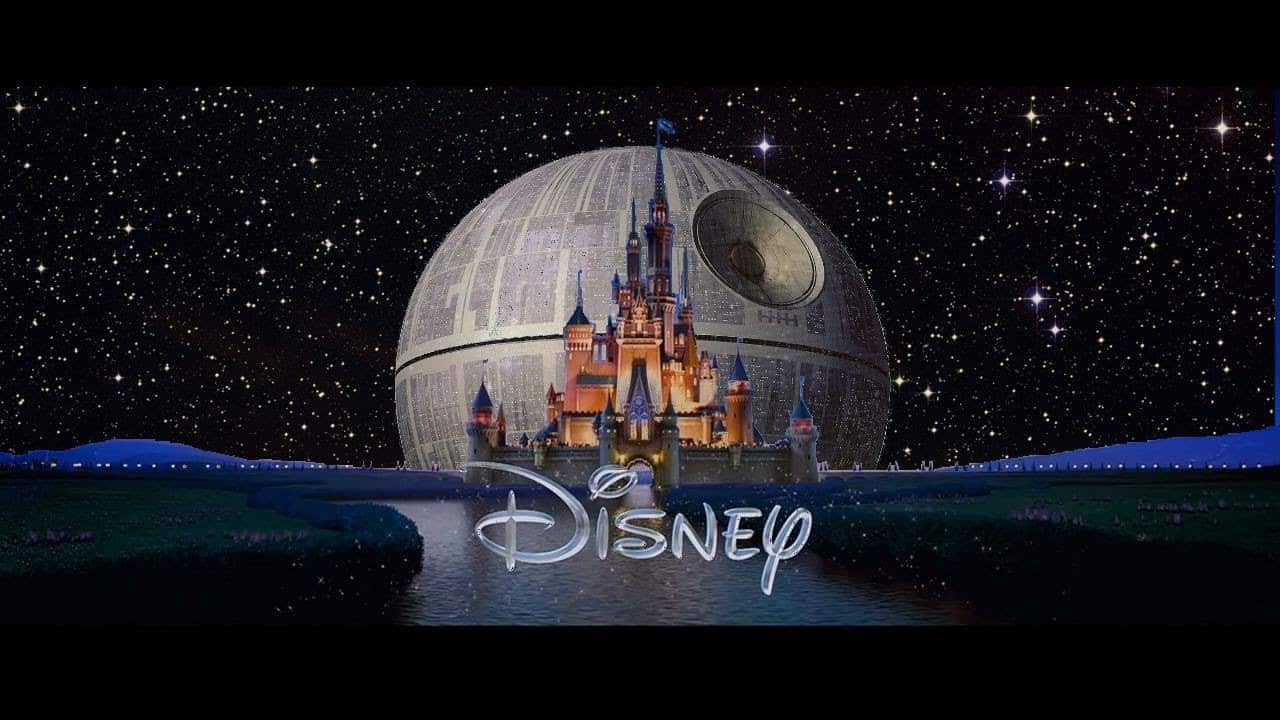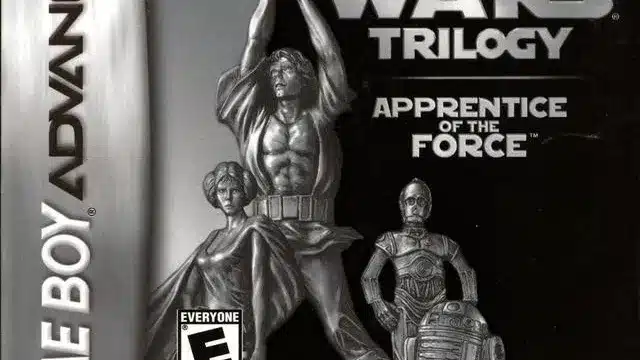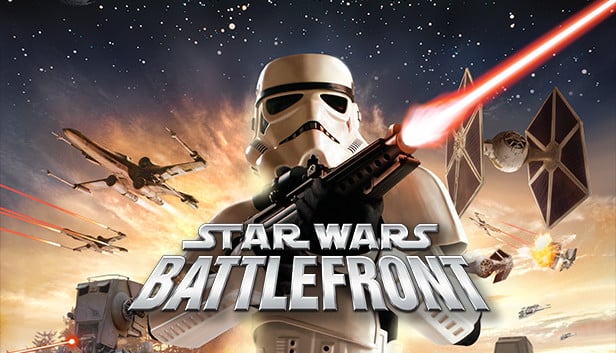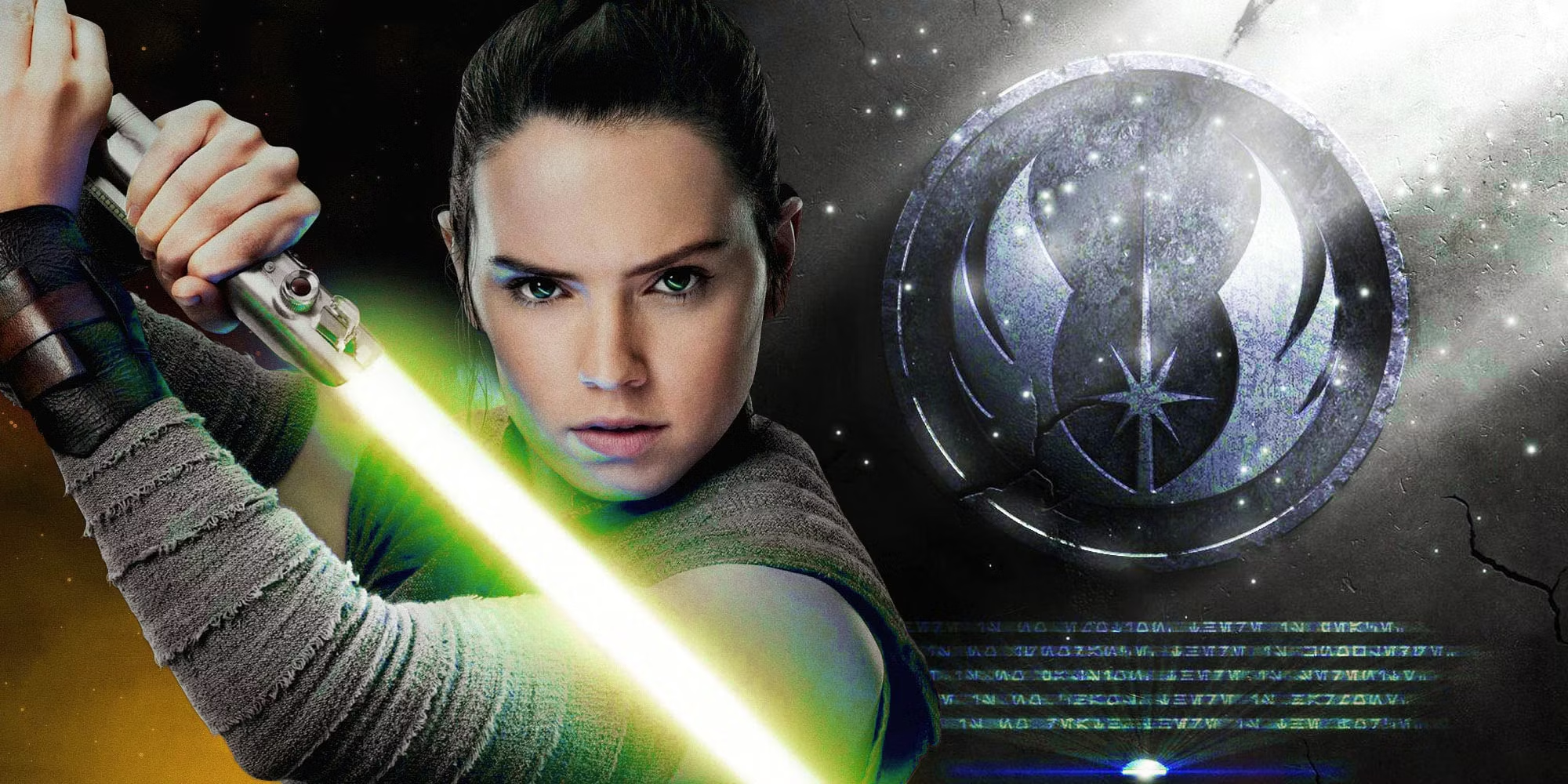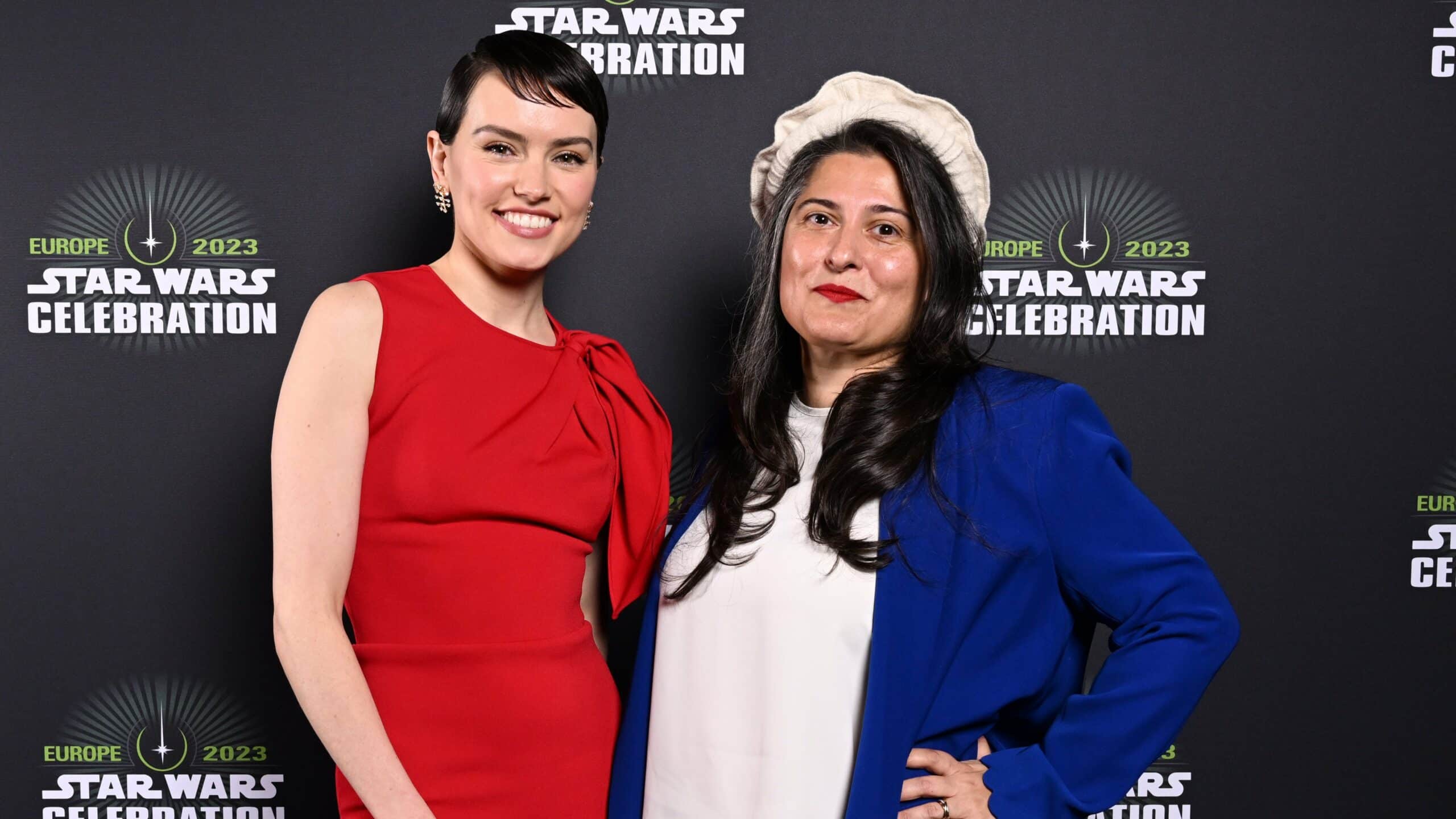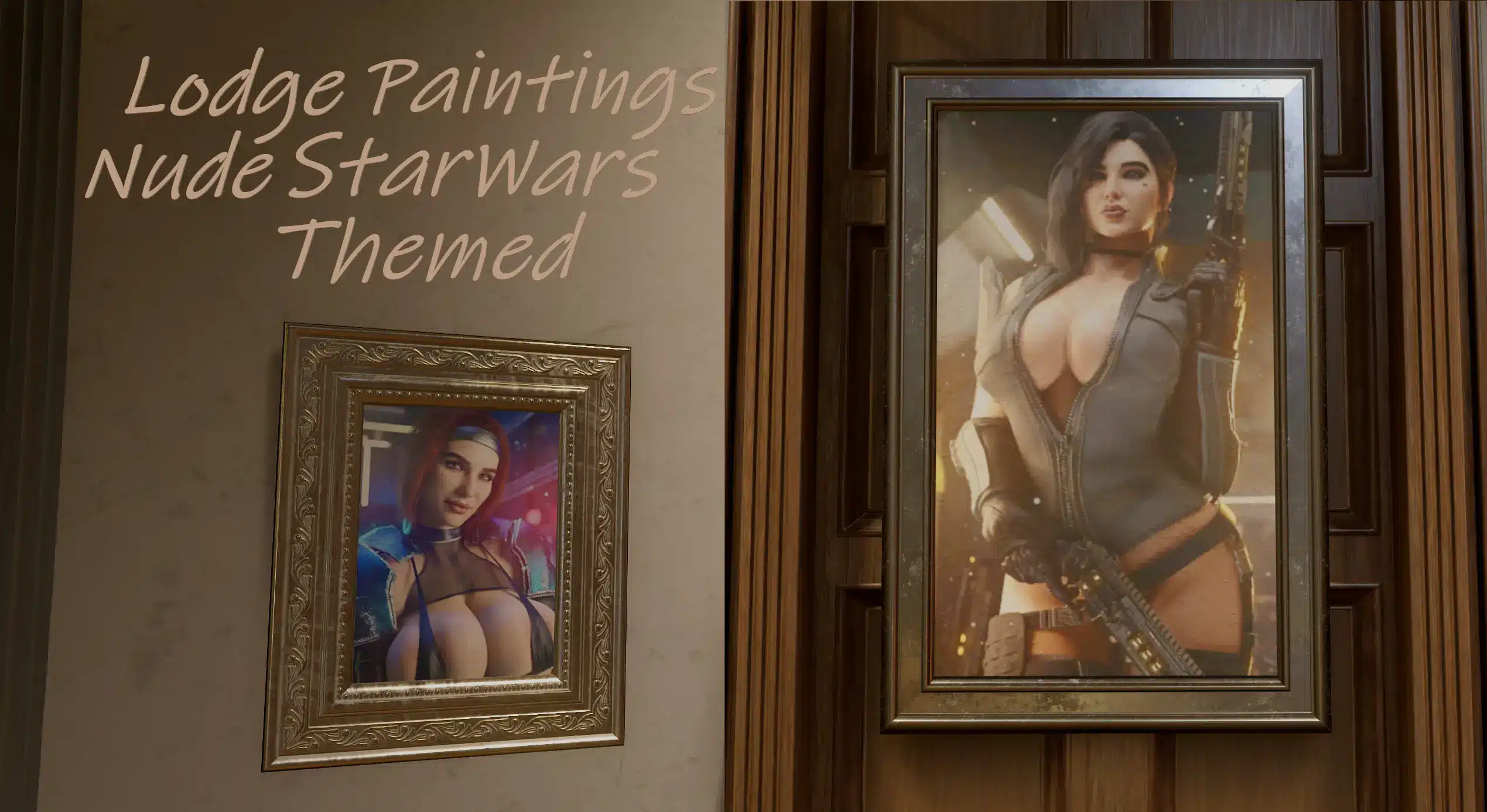Since acquiring Lucasfilm in 2012, Disney has become the steward of the Star Wars franchise. With the release of new films, television shows, and an expanding universe of interconnected stories, the galaxy far, far away has undergone a significant transformation. In particular, the Sequel Trilogy (Episodes VII-IX) and spin-off films like Rogue One and Solo illustrate how Disney has shifted the storytelling approach in Star Wars. This essay will examine the evolution of storytelling during the Disney era, focusing on how tone, style, themes, characters, and nostalgia have contributed to the revitalization and reshaping of the franchise.
A Tale of Two Visions: Disney vs. Lucas
When George Lucas created Star Wars in 1977, he envisioned a modern myth, blending influences from Westerns, samurai films, and Flash Gordon serials into a sweeping space opera. His original trilogy was characterized by a sense of adventure, idealism, and clear moral divides between good and evil. The Prequel Trilogy (Episodes I-III), which followed decades later, expanded on these themes but leaned into politics, philosophy, and the gradual decline of the Jedi, adding complexity to the narrative. Under Lucas’s direction, the Star Wars universe was bold, mystical, and intimately tied to his personal vision of the “Hero’s Journey.”
Enter Disney. With the House of Mouse now calling the shots, it was inevitable that the franchise would change. The most noticeable difference between the Lucas era and the Disney era is tone. While Lucas’s Star Wars often dipped into the experimental, Disney’s approach has been far more polished and mainstream. The focus is now on crafting stories that appeal to a broader, more diverse audience, and this is reflected in the cinematic style as well. The Disney trilogy, beginning with The Force Awakens, has a faster pace, snappier dialogue, and a lighter touch, reminiscent of Disney’s other mega-franchises like the Marvel Cinematic Universe.
Yet, Disney has tried to maintain a balance between honoring Lucas’s vision and establishing its own identity. The galaxy is still a place of epic battles, mythological forces, and the classic good-versus-evil dynamic, but it has a sleeker, more modern veneer. Lucas’s fingerprints may still be on the material, but there’s no denying that the Disney era has injected new energy into the saga. Some fans appreciate this evolution, while others feel that something essential has been lost in translation.
George Lucas vs. J.J. Abrams: The Shift in Style
When J.J. Abrams was tapped to direct The Force Awakens (2015), it became clear that the storytelling style was taking a new direction. Abrams, a self-professed Star Wars fan, drew heavily from the original trilogy to evoke a sense of nostalgia. This decision resulted in a film that feels both familiar and modern. From the practical effects to the hero’s journey structure that mirrors Luke Skywalker’s arc, The Force Awakens is a love letter to Lucas’s early work but filtered through the lens of a 21st-century blockbuster.
While Lucas leaned into experimental elements and philosophical undertones in his prequels, Abrams focused more on action, mystery, and spectacle. The Disney films, especially The Force Awakens and The Rise of Skywalker, are fast-paced and streamlined, often prioritizing entertainment over introspective moments. Gone are the drawn-out political debates of the prequels, replaced by chase scenes, space dogfights, and zippy dialogue. The visual style has also shifted; where Lucas used wide, sweeping shots to convey the vastness of space, Abrams often employs quick cuts and handheld camera work to create a more visceral, kinetic energy.
This new direction isn’t necessarily a negative; it has allowed Star Wars to resonate with a new generation of viewers who crave a more modern cinematic experience. However, this change in style has been divisive among longtime fans who miss the slower, more contemplative aspects of Lucas’s work.
Thematic Changes: Legacy, Nostalgia, and Generational Conflict
One of the most prominent thematic changes in the Disney era of Star Wars is the exploration of legacy. The Sequel Trilogy, in particular, grapples with the question of what it means to inherit a legendary name or to carry on a grand tradition. Characters like Rey, Kylo Ren, and Finn all struggle with their place in a universe shaped by the actions of those who came before them. This theme is prevalent in The Last Jedi (2017), where Luke Skywalker contemplates the burdens of heroism and the cyclical nature of good and evil. The idea of “letting go of the past” is central to the film, although it was met with mixed reactions from fans. Some appreciated the boldness of the message, while others felt it strayed too far from the core values of the saga.
This focus on generational conflict and legacy extends beyond just the characters. The Disney-era films themselves are wrestling with the weight of their predecessors. From a meta-perspective, the new Star Wars entries are trying to honor the legacy of George Lucas’s creation while forging their own identity. This push and pull can be seen in the storytelling choices: The Force Awakens is steeped in nostalgia, almost to a fault, while The Last Jedi tries to break free from it, challenging fan expectations.
Nostalgia plays a critical role in shaping the narratives of the Disney films, for better or worse. The Force Awakens and The Rise of Skywalker lean heavily into familiar imagery and story beats from the original trilogy, often to evoke an emotional response from older fans. This reliance on nostalgia is both a strength and a weakness. On the one hand, it allows Disney to tap into the deep emotional connection that many fans have with the original films. On the other hand, it risks overshadowing new ideas and preventing the franchise from fully evolving.
Nostalgia: A Double-Edged Lightsaber
Nostalgia is a potent tool, and Disney wields it with the precision of a Jedi Knight…or perhaps a Sith Lord, depending on your perspective. The return of beloved characters like Han Solo, Princess Leia, and Luke Skywalker gave fans emotional closure, but it also sparked debates about the over-reliance on the past. Critics argue that Disney’s use of nostalgia sometimes feels like a crutch, particularly in The Rise of Skywalker, which leans so heavily into revisiting old themes and characters that it risks feeling derivative. Instead of moving forward with bold new ideas, the final film in the Sequel Trilogy seemed to retreat into the safety of familiarity, culminating in the revival of Emperor Palpatine—a move that left some scratching their heads.
However, it would be unfair to say that Disney’s Star Wars only relies on nostalgia. Films like Rogue One and The Last Jedi took risks by offering fresh perspectives on the Star Wars mythos. Rogue One (2016) stands out for its grittier tone and morally ambiguous characters, a stark departure from the more black-and-white morality of earlier films. By showing the cost of rebellion and the darker side of war, Rogue One broadened the thematic scope of the saga while still fitting within the established universe.
Diversity and Representation: A New Hope
Another significant evolution in Disney’s approach to Star Wars storytelling is the introduction of more diverse characters and representation. Where Lucas’s original films had a largely white, male-dominated cast, the Disney era has made a conscious effort to include more women, people of color, and characters from different backgrounds. Rey, a female protagonist, leads the Sequel Trilogy, while Finn, a Black former stormtrooper, and Poe Dameron, a Latino pilot, round out the new heroic trio.
This shift toward inclusivity reflects broader changes in Hollywood, but it also resonates with Star Wars fans who want to see themselves represented in the stories they love. Characters like Rose Tico and Jannah, as well as the focus on Leia Organa’s leadership, further exemplify this commitment to diversity. These changes have been praised for making Star Wars feel more inclusive and reflective of its global audience, though, as with many aspects of the new films, not everyone has been pleased. Certain corners of the fandom have resisted these shifts, leading to some of the most heated debates in the franchise’s history.
Despite the pushback, Disney’s commitment to diversity has expanded the possibilities of storytelling within the Star Wars universe. The galaxy feels larger and more inclusive, opening up new narrative directions and allowing different voices to contribute to the ongoing saga.
Conclusion: A New Chapter in Star Wars Storytelling
The Disney era of Star Wars has undeniably brought about significant changes in how the saga is told. From a shift in tone and style to a deeper exploration of legacy, nostalgia, and diversity, these new films have redefined what it means to tell a Star Wars story. While some fans may long for the Lucas years and the mythic, experimental qualities he brought to the galaxy, there’s no question that Disney has revitalized the franchise for a new generation.
By blending nostalgia with innovation, embracing diversity, and reimagining what a galaxy far, far away can look like, Disney has ensured that Star Wars remains a cultural force to be reckoned with. Whether you’re a fan of the old ways or excited about the new, there’s no denying that the story of Star Wars is far from over.


